

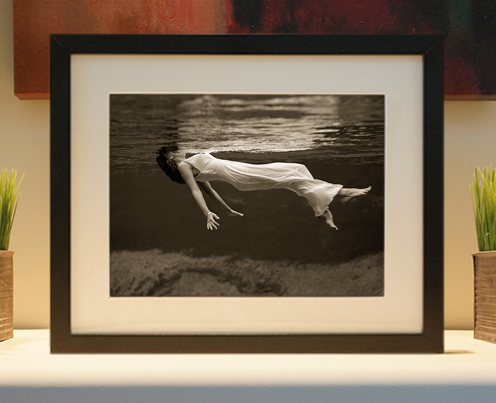
Framed or unframed, desk size to sofa size, printed by us in Arizona and Alabama since 2007. Explore now.
Shorpy is funded by you. Patreon contributors get an ad-free experience.
Learn more.

- Baldwin 62303
- Baldwin VO-1000
- Cold
- No expense spared
- Tough Guys
- Lost in Toyland
- And without gloves
- If I were a blindfolded time traveler
- Smoke Consumer Also Cooks
- Oh that stove!
- Possibly still there?
- What?!?
- $100 Reward
- Freeze Frame
- Texas Flyer wanted
- Just a Year Too Soon
- WWII -- Replacing men with women at the railroad crossing.
- Yes, Icing
- You kids drive me nuts!
- NOT An Easy Job
- I wonder
- Just add window boxes
- Icing Platform?
- Indiana Harbor Belt abides
- Freezing haze
- Corrections (for those who care)
- C&NW at Nelson
- Fallen Flags
- A dangerous job made worse
- Water Stop
Print Emporium
A Close Shave: 1914
Don't kick the bucket
If that chair is so high that one needs a bucket as a foot rest, how does one climb up into it? I hope you don't have to stand on that unsecured bucket. That would put getting a shave into the hazardous duty department.
Letter from home
The man being shaved appears to be holding a piece of paper in his left hand. Could it be a letter from a loved one back home? A few sociable minutes with your barber would be a logical time to share some of its contents.
The Man From Ironbark
This reminds me of "The Man From Ironbark," written around 1895 by A.B. "Banjo" Patterson, one of Australia's more famous poets.
Nerves of steel
The barber appears to be smiling nonchalantly. But not me, if I was shaving some guy with a gun on his hip. Seriously, though, that is one great looking folding chair.
Teddy's army
This is the beginning of the "Modern Army" as reorganized by Theodore Roosevelt; he forced out unfit soldiers, and began push for soldiers to be more uniform in their abilities.
The reason I bring this up is that even after Teddy reorganized the military, facial hair was still perfectly fine... until the Great War. Gas masks didn't fit properly for men with beards, and didn't seal well; if they leaked, we could have soldiers die, or be disabled, through the constant chemical attacks.
Facial hair was banned... and a lot of soldiers started getting close shaves.
Leggings
The soldier in the chair is wearing the M1907 legging, unique for the use of a web strap to tighten them up, versus laces. The barber is wearing the M1904 legging, which used laces.
You can see the same mix of leggings in the previous group shot of Army soldiers. The guys wearing the M1904 legging on the right (in the other photo) are actually wearing them correctly - they were supposed to be laced in front (although many soldiers wore them laced on the side). It wasn't until the M1917 legging came out that the puttees were supposed to be laced on the side of the calf.
Why aren't they wearing puttees (the wrap-around cloth leggings), you might ask. The Army didn't start wearing puttees until we entered World War I; they found that the British-style wool puttees were more practical in the muddy trenches of Europe than canvas leggings.





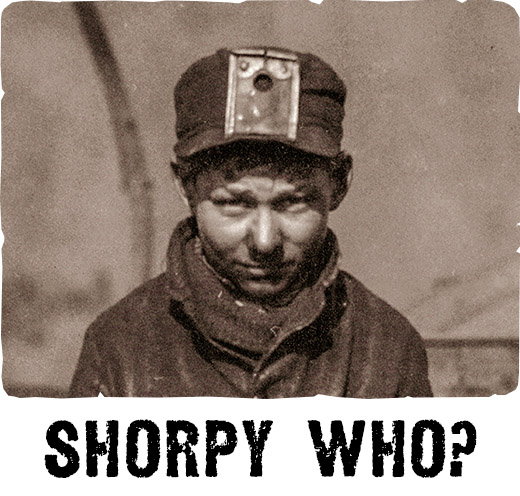
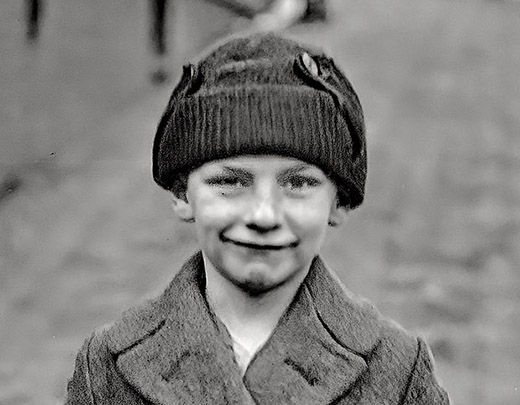
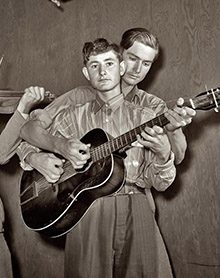
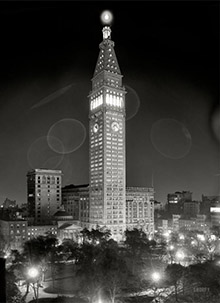
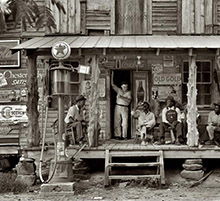
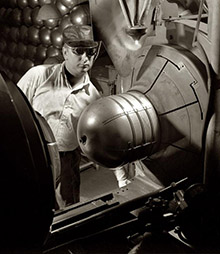
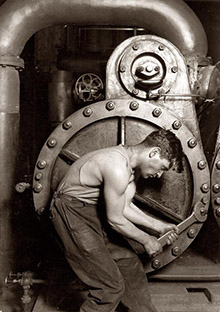
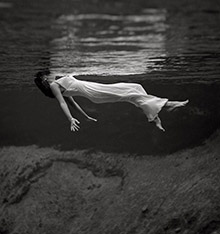
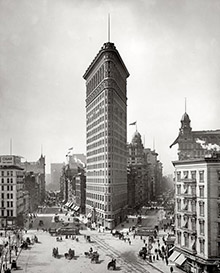
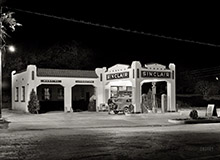
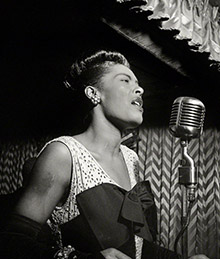
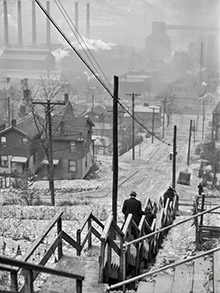
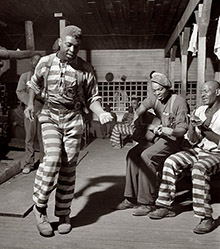
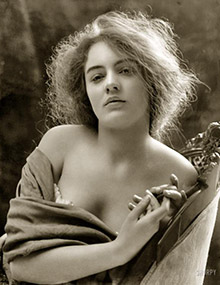
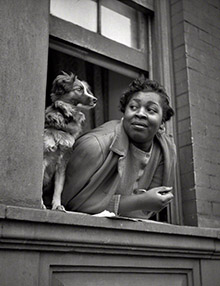
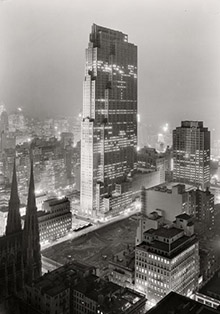
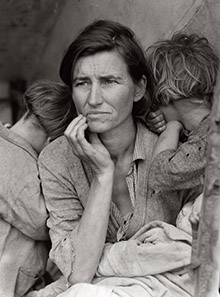
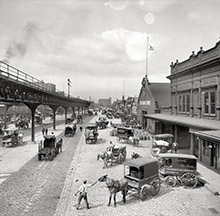
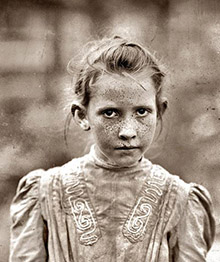
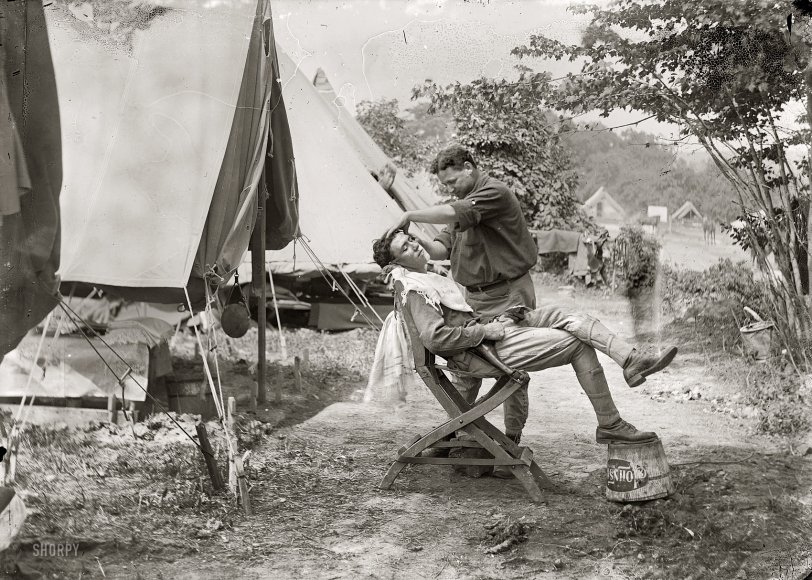
On Shorpy:
Today’s Top 5